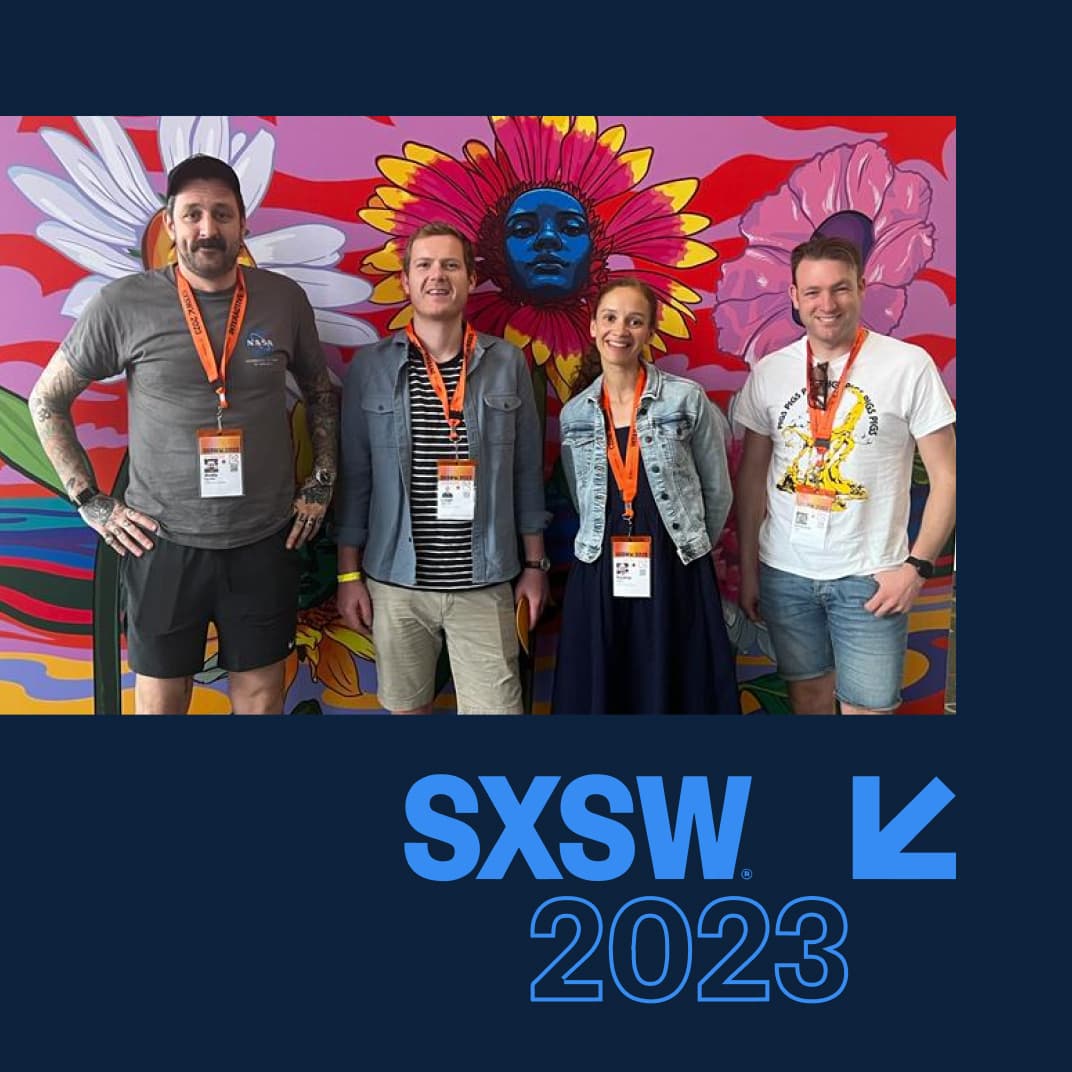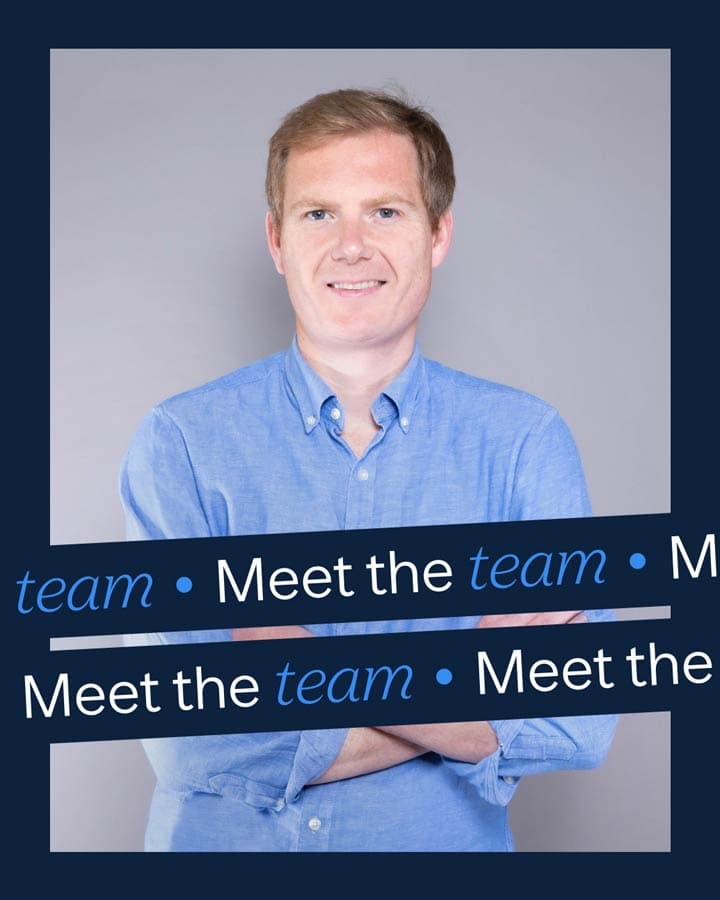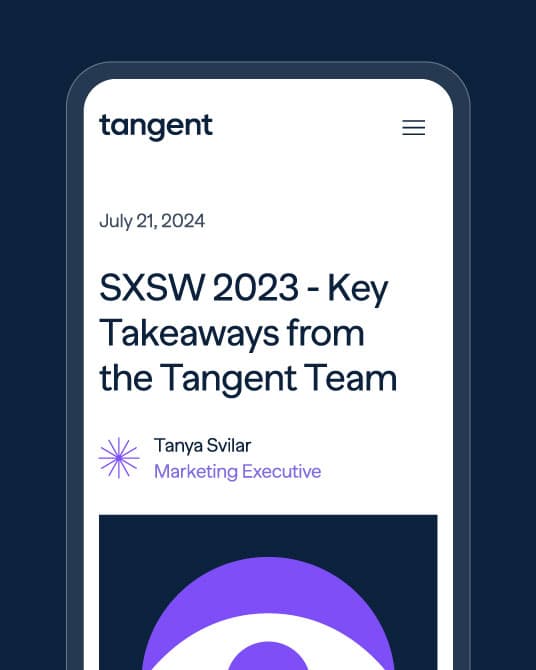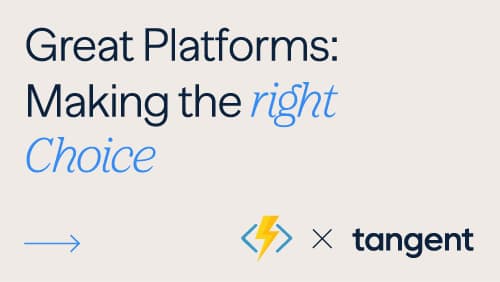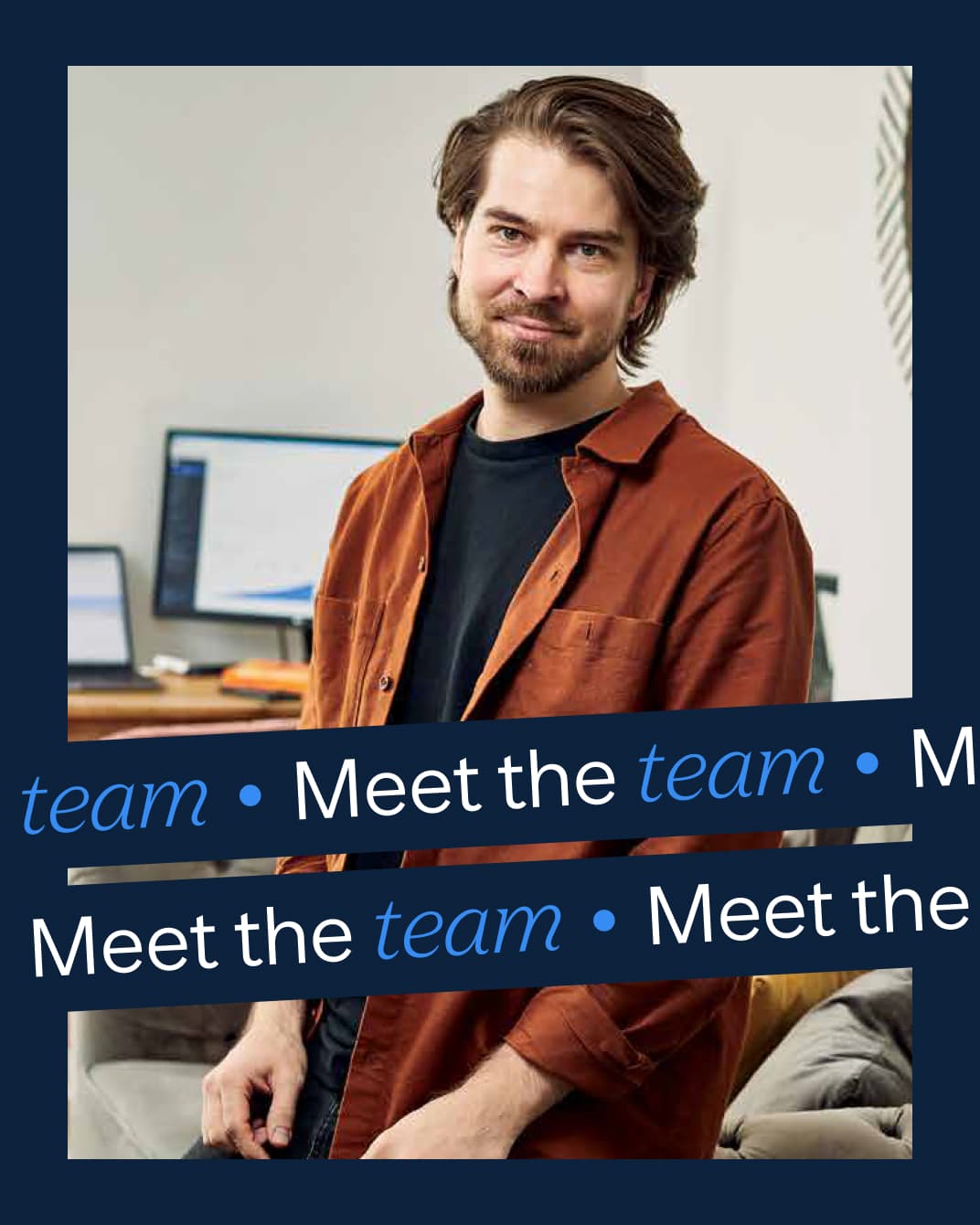
To launch great digital products – you need a great team. But when it comes to getting work done well you can’t assume you’re all on the same page – or that your way is the right way.
A digital product team is typically made up of an agency, a client and multiple other partners.
Often you come from different working cultures and bring different expectations - which can be a challenge. If you want to work well together, you need to find common ground.
Broadly speaking there are two approaches to building digital products:
- Project mindset
Once upon a time, websites were something you did once, then occasionally updated. This lent itself to a ‘project mindset’ that values established processes.
This approach is all about set-in-stone start and finish dates – and budgets. This scope shapes decision making. It’s focused on setting goals and striving to meet them throughout the project.
- Product mindset
Now websites make up a large part of what a business offers, they are a product in their own right - they need to constantly evolve and adapt to meet customers’ needs.
The product mindset recognises this by focusing more on outcomes. Rather than strict processes, this is the philosophy that it doesn’t really matter how well we followed a pre-defined plan. Delivering value to the customer is much more important than sticking to deadlines or schedules.
Ultimately, the project mindset is about when we deliver. A product mindset is about what we deliver.
As a ‘product person’, I can clearly see the benefits of focusing on the end result; on delighting the customer however we can. On doing what we can do, rather than what we should do based on the schedule.
However, the project mindset has been around for a long time – it’s how we were taught at school.
Larger organisations are also run on quarterly goals and budgets that lend themselves more easily to project thinking.
This is why often what works best is to blend project approaches and communication with the product mindset of doing what’s best for the customer.
Project approaches & communication
According to hardline product thinkers, utopia would be saying; “There’s no deadline for this, just do whatever it takes to make the customer happy”. I really like that ethos. But there’s no getting away from the fact that project deadlines really do work.
It’s normal to regroup after a project kick-off and find that many stakeholders need a refresh on the project. Some have a vague sense of the vision. Most people understand the budget. But I find that everyone remembers the deadline.
That’s really interesting. It shows that delivery dates do get people’s attention. This is why I believe incorporating this project approach into digital product delivery will get better results than relying on altruism across the board.
As well as project approaches, project language and communication can play a role in the success of digital products. Product or terms that have evolved from Agile methodologies such as ‘sprint’ are becoming more widely used, understood, and accepted. However, if you read the room and ‘milestone’ or ‘phase’ resonate better then it can often be easier to communicate with the client. We can arrive at a shared understanding and vision of what we’re aiming to achieve together.
The product mindset
Deadlines matter, but we shouldn’t be slaves to them. And this is where the product mindset comes into play. Imagine a situation where two projects clash, and neither team will compromise because the projects have a firm, fixed deadline. There needs to be an ultimate deciding factor. That deciding factor is doing what’s best for the customers; using the product mindset to keep things moving forward.
While I’m very open in my praise for project approaches, I’m also very open in my critique of the project mindset, particularly the attitude that you’ve failed if you don’t hit a deadline. In the grand scheme of things, if an opportunity comes to light to increase the value add to your customers and the scope/timelines/budget changed then it’s a success not a failure.
Think about working on a project with a product mentality. About designing digital products using project processes and project-based communications. That, in my experience, is what’s going to deliver the best end results.
Projects are always opportunities for learning. Sure, we’re all going to make mistakes at some point. We may miss a deadline. But that means we adapt, we change, we tweak, and we keep moving forward to deliver great results for clients and their customers.
Overcoming the challenge
In taking a 100% project-focused approach to digital products, we’re setting ourselves up for failure. We’re telling ourselves that, if one thing goes wrong – if we miss one deadline – the whole thing goes wrong. On the other hand, if we take a 100% product-focused approach, we’re lacking the guidelines that are needed to shape better decision making, and risking our relationship with the client.
When we combine project approaches with a product mindset, there are clear benefits. People are focused. Decisions get made. Action gets taken. And we ultimately deliver the best results we can.

